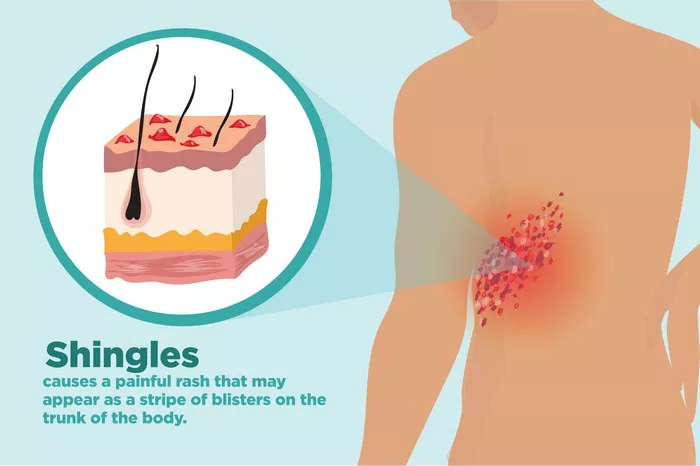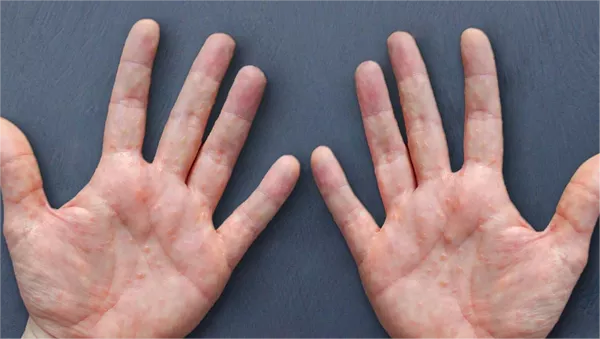Symmetrical skin itching is commonly seen in various skin conditions such as atopic dermatitis, neurodermatitis, contact dermatitis, eczema, and psoriasis. The symmetrical distribution of itching may be related to immune abnormalities, impaired skin barrier function, nerve sensitivity, allergic reactions, and genetic factors.
Atopic Dermatitis
Atopic dermatitis is a chronic inflammatory skin condition characterized by symmetrical redness, papules, and intense itching on the flexural sides of the limbs. It is associated with genetic defects in the skin barrier leading to increased water loss and often coexists with conditions like allergic rhinitis or asthma. Treatment involves avoiding scratching, using urea cream to repair the skin barrier, and, in severe cases, short-term topical corticosteroids under medical guidance.
Neurodermatitis
Neurodermatitis often occurs in areas prone to friction, such as the neck and elbow creases, presenting as symmetrical lichenified plaques with episodic severe itching. The main triggers are mental stress and repeated scratching. Treatment aims to break the “itch-scratch” cycle, using cold compresses to relieve symptoms and, if necessary, itch-relieving agents containing menthol.
Contact Dermatitis
Contact dermatitis is caused by skin contact with allergens or irritants, resulting in symmetrical redness and blisters at the contact sites. Common allergens include nickel alloy jewelry and hair dyes. The key to treatment is identifying and avoiding the allergen. During acute flare-ups, saline compresses and oral antihistamines can help alleviate itching.
Eczema
Chronic eczema typically presents with polymorphic rashes and a tendency to exude, symmetrically distributed on the hands, feet, and limbs. It is related to skin barrier disruption and microbial colonization. Proper care includes maintaining skin hydration, keeping bath water temperature below 38°C, and applying moisturizers immediately after bathing. Moderate to severe cases may require immunomodulatory treatments.
Psoriasis
Plaque psoriasis can manifest as symmetrical red plaques on the elbows and knees, covered with silvery scales. It is a T-cell mediated autoimmune condition often with a family history. Treatments include topical vitamin D3 derivatives and narrowband UVB phototherapy. Monitoring for associated metabolic syndrome is also recommended, including regular checks of blood pressure and glucose levels.
Management Tips for Patients with Symmetrical Itching
Patients should choose breathable cotton clothing and avoid wool and other irritating fabrics. Using a pH 5.5 mild acidic body wash and maintaining room temperature between 22-24°C can reduce sweat irritation. Keeping a food diary to monitor potential triggers and limiting spicy foods and alcohol may be necessary. Engaging in 150 minutes of moderate exercise like swimming or yoga per week can help relieve stress. If itching worsens or skin breaks and oozes, prompt dermatological consultation is advised for patch testing and serum IgE testing.
Conclusion
Symmetrical skin itching can be associated with various skin conditions. Understanding the underlying causes and seeking early medical advice are essential for effective management. Maintaining good skin care practices and a healthy lifestyle can also support overall skin health.
Related topics:
- Experts on the High incidence of Eczema on the buttocks in infants and Young children analyze five major causes and key points for prevention
- Varicella-zoster virus-induced diseases: A comprehensive analysis from acute infection to potential complications
- Pediatrician’s Analysis: The Six Major Causes and Treatment Guidelines Behind Children’s Skin Spots



























